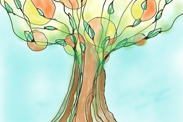
Neurographic Art
What is Neurographic Art?
Neurographic Art, also known as Neurographica, is a form of creative expression that combines mindful art and psychology to create intricate, flowing designs.
It is often done as a mindful, meditative technique but it can also be used as a therapeutic art technique.
The process involves allowing the hand to move freely across the paper without lifting the pen to create drawings and designs that often resemble neural networks or organic forms.
The continuous lines or shapes on paper may be used to explore one's thoughts and emotions, helping individuals to process and express their thoughts and emotions in a non-verbal way.
Neurographic Art can be used to reduce stress, anxiety and promote self-discovery. It has meditative and calming effects owing to the repetitive and continuous drawing process. This can help individuals focus their minds and enter a state of flow.

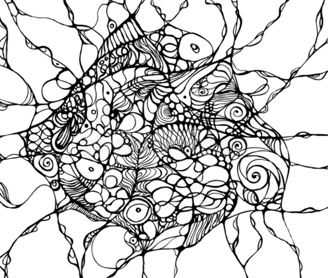
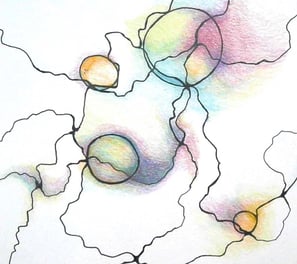

Examples of Neurographica as Art
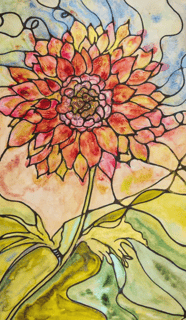

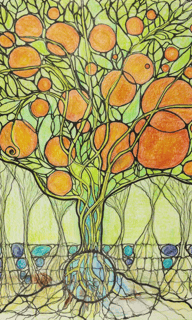

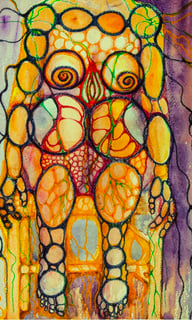

Who invented Neurographic Art?
Neurographic Art was developed by Russian psychologist and art therapist Pavel Piskarev. He started exploring this technique in the early 2010s as a way to combine his interests in psychology and art therapy. Pavel Piskarev's work has gained International attention and the technique has since been embraced by therapists, artists, and individuals looking for creative and therapeutic outlets.
"Rules" for Neurographic Art
Neurographic Art is a flexible and intuitive technique, and while there are no strict rules, there are some general guidelines that can help you get started and make the most of the process. Keep in mind that the emphasis is on the creative and therapeutic aspects rather than rigid rules. Here are some guidelines to consider:
Continuous Lines: The fundamental principle of Neurographic Art is the use of continuous lines. Start with a single line and let it flow and evolve on the paper without lifting your pen until you feel satisfied with the design.
Free Flow: Allow your hand to move freely and intuitively as you create the lines. Don't worry about creating a specific image or design from the outset.
No Erasing: Embrace imperfections and unexpected turns in your lines. There's no need to erase or correct mistakes. These imperfections can add character to your creation.
Intuition over Planning: Instead of planning out your design in advance, let your intuition guide you. The process is about tapping into your subconscious and letting your hand express what you're feeling.
Experimentation: Feel free to experiment with different shapes, curves, and patterns. Let your lines twist, turn, and intersect in various ways.
Mindfulness and Focus: Engage in the process mindfully. Focus your attention on the sensation of drawing, the movement of your hand, and the lines forming on the paper.
Relaxation: Neurographic Art is often used as a relaxation technique. Let go of any expectations and enjoy the calming and meditative nature of the process.
Color and Texture (Optional): While the traditional technique is monochromatic (usually black lines on white paper), you can explore adding color or texture to your artwork if you wish. This can enhance the visual impact of your creation.
Reflect on Your Creation: Once you feel that your artwork is complete, take some time to reflect on it. What do the lines and patterns evoke in you? What emotions or thoughts come to the surface?
Personal Interpretation: Remember that Neurographic Art is a personal and individualistic practice. The interpretation of your creation is unique to you. There's no right or wrong way to interpret the patterns you've drawn.
No Pressure for Perfection: Avoid striving for perfection. The beauty of Neurographic Art lies in its organic and spontaneous nature.
Be Patient: It might take a few attempts to fully grasp the technique and find your personal style. Be patient with yourself as you explore and experiment.
Feel free to adapt these guidelines to your own preferences and needs, and allow yourself to explore and enjoy the journey of self-expression and self-discovery through art.

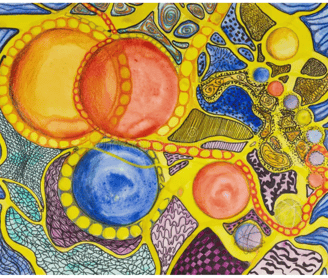


Examples of Neurographics with Procreate


